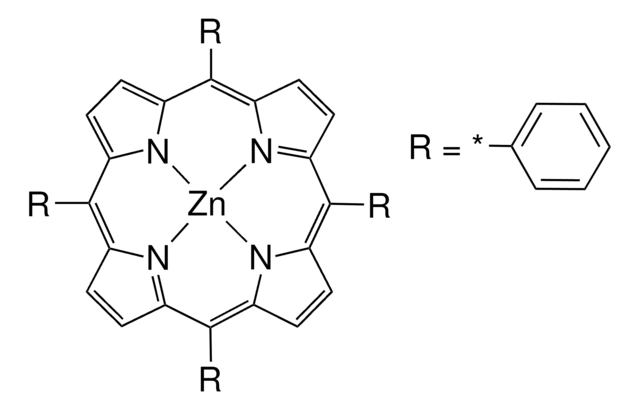413658
Indium(I) iodide
AnhydroBeads™, −10 mesh, 99.999% trace metals basis
Synonym(s):
Indium monoiodide
Sign Into View Organizational & Contract Pricing
All Photos(1)
About This Item
Linear Formula:
InI
CAS Number:
Molecular Weight:
241.72
EC Number:
MDL number:
UNSPSC Code:
12352302
PubChem Substance ID:
NACRES:
NA.23
Recommended Products
product line
AnhydroBeads™
Assay
99.999% trace metals basis
form
beads
reaction suitability
reagent type: catalyst
core: indium
impurities
≤15.0 ppm Trace Metal Analysis
particle size
−10 mesh
SMILES string
[In]I
InChI
1S/HI.In/h1H;/q;+1/p-1
InChI key
FOVZCYAIUZHXGB-UHFFFAOYSA-M
Looking for similar products? Visit Product Comparison Guide
Application
Has been discovered and used as a reagent to propagate some organic reactions, such as cyclization and cleavage of diselenide or disulfide. Can also be used to prepare In-containing complexes.
Legal Information
AnhydroBeads is a trademark of Sigma-Aldrich Co. LLC
accessory
Product No.
Description
Pricing
Signal Word
Danger
Hazard Statements
Precautionary Statements
Hazard Classifications
Acute Tox. 4 Oral - Eye Irrit. 2 - Resp. Sens. 1 - Skin Irrit. 2 - STOT SE 3
Target Organs
Respiratory system
Storage Class Code
11 - Combustible Solids
WGK
WGK 3
Flash Point(F)
Not applicable
Flash Point(C)
Not applicable
Personal Protective Equipment
dust mask type N95 (US), Eyeshields, Gloves
Choose from one of the most recent versions:
Already Own This Product?
Find documentation for the products that you have recently purchased in the Document Library.
Tiwari, P.; et al.
Tetrahedron Letters, 47 (14), 2345-2348 (2006)
Goeta, A.; et al.
Tetrahedron, 62, 3582-3599 (2006)
Wuping Liao et al.
Inorganic chemistry, 45(10), 3828-3830 (2006-05-09)
A different thermal treatment of identical reactants (EuI2, NaCN, NaN3, and InI) leads to the formation of the three title compounds. In(0.08)Eu4(NCN)3I3 is isotypic with the reported LiEu4(NCN)3I3, Eu8I9(CN)(NCN)3 represents the first mixed cyanide-cyanamide rare-earth compound, and In(0.28)Eu12(NCN)5I(14.91) is characterized
Ranu, B.C.; et al.
Tetrahedron Letters, 47 (17), 2859-2861 (2006)
Brindaban C Ranu et al.
The Journal of organic chemistry, 71(1), 423-425 (2006-01-04)
[reaction: see text] Diphenyl diselenide (and disulfide) undergo facile reaction with indium(I) iodide and the corresponding intermediate complex condenses in situ with a variety of substituted vinyl bromides in the presence of a catalytic amount of tetrakis(triphenylphosphine)palladium(0) [Pd(PPh3)4] in THF
Our team of scientists has experience in all areas of research including Life Science, Material Science, Chemical Synthesis, Chromatography, Analytical and many others.
Contact Technical Service










